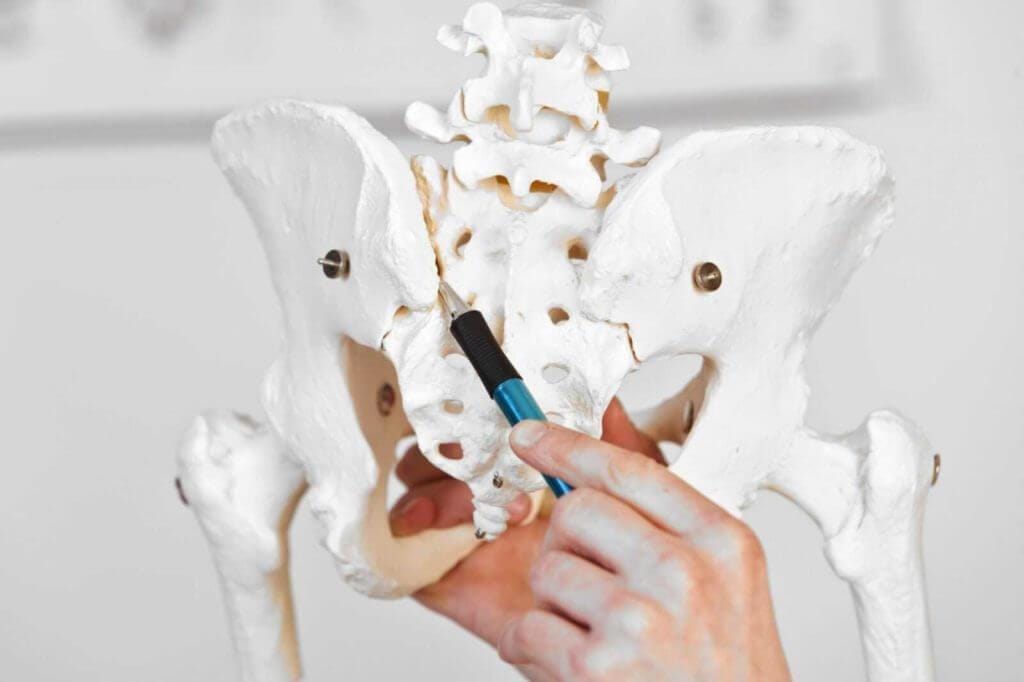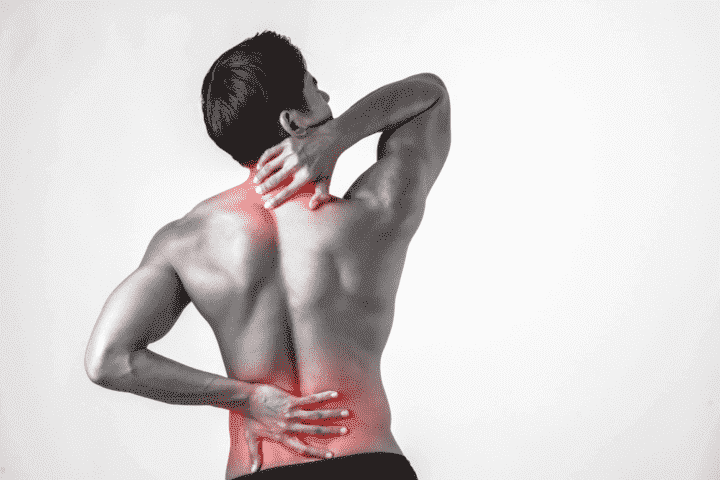Understanding Joint Pain
Joint pain is a common issue that can be caused by various factors such as arthritis, injuries, bursitis, fibromyalgia, gout, and tendinitis. Chiropractic care can help with joint pain. These conditions can lead to inflammation, stiffness, and discomfort in the joints, making it difficult to perform daily activities and impacting overall quality of life. Whether it’s the result of an acute injury or a chronic condition, joint pain can be debilitating and require treatment to restore joint health and function.
For example, arthritis is one of the leading causes of joint pain. It is a chronic condition characterized by inflammation and damage to the joints. There are different types of arthritis, including osteoarthritis, rheumatoid arthritis, and psoriatic arthritis. Each type has its own unique causes and symptoms, but they all share joint pain as a common symptom. Injuries, on the other hand, can result in joint pain due to trauma or overuse. Sprains, strains, and fractures can all cause pain and swelling in the joints. Understanding the underlying cause of joint pain is crucial in finding the right treatment approach.

Chiropractors Relieve Joint Pain in San Francisco
How Chiropractors Can Help with Joint Pain
Chiropractic care offers a non-invasive and drug-free approach to relieving joint pain. Chiropractors focus on the musculoskeletal system and its impact on overall health. Through manual adjustments, chiropractors can improve joint mobility, reduce pain, and restore proper alignment of the spine. By aligning the spine, chiropractic adjustments can alleviate pressure on the joints and improve their function.
In addition to spinal adjustments, chiropractors may use a variety of other treatments to provide relief from joint pain. These can include joint mobilizations, which involve gently moving the joints to improve their range of motion. Therapeutic exercises can also be prescribed to strengthen the muscles around the joints and improve stability. Massage therapy can help relax muscles and reduce tension, while ultrasound therapy can promote healing and reduce inflammation. Acupuncture, a practice that involves inserting thin needles into specific points on the body, may also be used to provide pain relief.
For example, TruSpine, a specialized chiropractic office located in San Francisco, offers expert care for joint pain relief. Their team of chiropractors is trained in a range of techniques and treatments to address joint pain. They utilize techniques like the Graston Technique, which uses stainless steel instruments to break down scar tissue and promote healing. The Active Release Technique is another specialized treatment offered by TruSpine, which involves applying pressure to specific points on the body to release tension and alleviate pain. Additionally, they offer ultrasound therapy, laser therapy, and shockwave therapy, which can all provide effective relief for joint pain.
Common Chiropractic Techniques for Joint Pain Relief
Chiropractors employ a variety of techniques to alleviate joint pain and improve joint function. Spinal manipulation, also known as chiropractic adjustment, is a key technique used by chiropractors to address joint pain. This technique involves applying controlled force to the joints of the spine to restore proper alignment and function. By realigning the spine, chiropractors can alleviate pressure on the joints and reduce pain and inflammation.
In addition to spinal manipulation, chiropractors may use joint mobilization techniques to improve joint mobility. This involves gently moving the joints through their range of motion to reduce stiffness and increase flexibility. Stretching exercises may also be prescribed to improve joint flexibility and reduce muscle tightness. Massage therapy can help relax muscles, reduce tension, and improve blood flow to the affected area. Heat and cold therapy, ultrasound therapy, and low-level laser therapy may also be used to provide pain relief and promote healing.
For example, TruSpine offers specialized techniques such as the Graston Technique, Active Release Technique, ultrasound therapy, laser therapy, and shockwave therapy for effective joint pain relief. The Graston Technique utilizes stainless steel instruments to break down scar tissue and promote healing in the affected joints. Active Release Technique involves applying pressure to specific points on the body to release tension and alleviate pain. Ultrasound therapy uses high-frequency sound waves to promote healing and reduce inflammation. Laser therapy uses low-level lasers to stimulate cell regeneration and reduce pain. Shockwave therapy involves applying pressure waves to the affected area to promote healing and reduce pain.
Benefits of Chiropractic Care for Joint Pain
Chiropractic care offers several benefits for individuals experiencing joint pain. Beyond symptom relief, chiropractors focus on overall wellness and correcting spinal misalignments. Regular visits to a chiropractor can not only alleviate back pain but also improve overall joint health. Chiropractors can assist with inflammation and pain management through exercise routines and dietary alterations.
By addressing the root cause of joint pain, chiropractic care can provide long-lasting relief and improve joint function. Chiropractors take a personalized approach to treatment, tailoring their techniques and recommendations to each individual’s specific needs. This individualized care helps to target the underlying issues contributing to joint pain and promote healing.
Tips for Finding a Qualified Chiropractor for Joint Pain Treatment
When seeking chiropractic care for joint pain, it is important to find a qualified chiropractor who can provide effective treatment. Factors to consider when choosing a chiropractor include their qualifications, experience, and patient reviews. It is beneficial to research and read reviews about potential chiropractors to ensure they have the necessary expertise and experience in treating joint pain.
For individuals seeking joint pain treatment in the San Francisco area, TruSpine is a reliable choice. Their team of chiropractors has extensive experience and expertise in providing specialized care for joint pain relief. They are committed to delivering personalized treatment strategies that target the root cause of joint pain and foster lasting relief. By choosing a qualified chiropractor like TruSpine, individuals can have confidence in the quality of care they will receive.
Lifestyle Tips for Managing Joint Pain
In addition to chiropractic care, there are lifestyle changes that can help manage joint pain and promote overall joint health. Maintaining a healthy weight is important, as excess weight can put additional stress on the joints, leading to pain and inflammation. Engaging in regular exercise can help strengthen the muscles around the joints, improve flexibility, and reduce pain. It is important to choose exercises that are low-impact and gentle on the joints, such as swimming, cycling, or walking. Practicing proper posture and body mechanics can also help alleviate joint pain and prevent further damage. This involves maintaining good posture throughout the day and using proper body mechanics when lifting heavy objects or performing physical activities.
TruSpine can provide guidance on exercise routines and dietary alterations to support joint pain management. They can work with individuals to develop an exercise plan that is tailored to their specific needs and limitations. Additionally, they can provide recommendations on dietary changes that can help reduce inflammation and promote joint health. By incorporating these lifestyle changes along with chiropractic care, individuals can take an active role in managing their joint pain and promoting long-term joint health.
Expert in Joint Pain, San Francisco, CA
Chiropractic care offers a non-invasive and holistic approach to relieving joint pain. Chiropractors utilize various techniques to improve joint mobility, reduce pain, and promote overall wellness. TruSpine, a specialized chiropractic office located in San Francisco, provides expert care for joint pain relief with their range of treatments and techniques. If you are experiencing joint pain, visit TruSpine’s website at https://truspinesf.com/ for more details about their services and contact information. Take the first step towards relieving your joint pain by scheduling a consultation with TruSpine today.
Effective Joint Pain Treatment in San Francisco
We’re committed to helping you live a pain-free, active life. If you’re in San Francisco, CA, and struggling with joint pain, don’t hesitate to reach out to us at TruSpine. Our chiropractic experts are here to provide personalized joint pain treatment solutions that can truly make a difference. Let us be your partner on the path to a healthier, pain-free you. Contact us today to schedule a consultation and take the first step towards a brighter, more comfortable future. Your journey to joint pain relief begins here, and we can’t wait to help you achieve it.
Truspine
150 Lombard St Ste 2, San Francisco, CA 94111
(415) 421-1115



